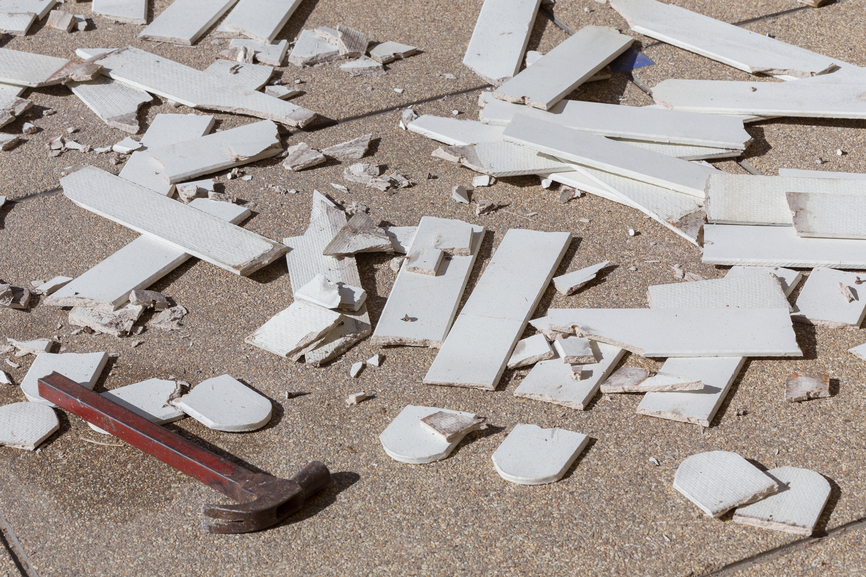
Fence removal may seem straightforward, but it can be more difficult than many people realize. If you have decided to add a new fence to your home or business, removing old fencing yourself may save money. Before you undertake this project, be sure to verify your legal ability to do so. The correct way to remove fencing depends on its material and the original installation method. Read on for some professional tips for removing your old fences.
Do Your Due Diligence before Removing Any Fence
If the fence you plan to remove is shared with a neighboring property, begin by talking with the property’s owner. If you have recently purchased your property or if you did not install the old fence to begin with, it may legally belong to the neighbor. Ideally your neighbor will be amenable to having new fencing installed and maybe even be willing to share the cost with you. If not, be prepared to install your new fence next to the existing one, inside your property line. Check with your city’s building department to determine whether demolition permits are required. Next, check with all local utility companies. Underground electrical, water or gas service can pose a safety risk if you need to dig out old footings. Finally, determine how you will dispose of the old materials once removed. You many need to transport them to a local landfill or recycling center. Some professional recyclers will pick it up for you, if the old material has salvage value.
Removing Old Wood or Vinyl Fencing
Wood and vinyl fencing are typically constructed using posts set in concrete. Removing wood panels is fairly straightforward, using a claw hammer to remove nails or a power screwdriver if the system was screwed together. If you don’t plan to reuse old panels, simply knock them apart and remove nails or screws afterward. Remove vertical support posts by digging out around them, then rocking the posts back and forth until they become loose enough to pull out. Soak the surrounding dirt with water to soften it, especially if the existing posts have begun to rot, to avoid snapping them off. Vinyl fence panels are easy to reuse if you take care in removing them. Purchase or rent a specialized vinyl rail removal tool, consisting of thin stainless steel blades with angled tips. Vinyl posts are generally not reusable, so remove them and their concrete footers just as you would for wood.
Removing Chain Link Fences
Like wood or vinyl, chain link systems are typically built on posts that have been set in concrete. Begin by removing the wire ties or metal brackets that anchor fence panels to support posts. Push and pull the posts, creating the rocking motions that will begin to loosen the concrete. You may need to dig out around them with a shovel or, worst case, bring in a jackhammer to break up the concrete or small tractor to dig it up. Like wood and vinyl, you have the option of cutting the posts off at ground level. However, leaving the footings underground will interfere with installing a new fence, resulting in extra costs you weren’t anticipating.
Outback Fencing, serving customers in Utah, Idaho and Wyoming, can provide demolition services as a part of installing a new system. Demolition of old fencing, especially concrete block site walls, often requires specialized equipment and professional knowledge. Although attempting demolition yourself may seem like a cost-saving approach, but you may be surprised how affordable Outback Fencing’s fence-removal services can be, when included as a part of your new fence installation.

